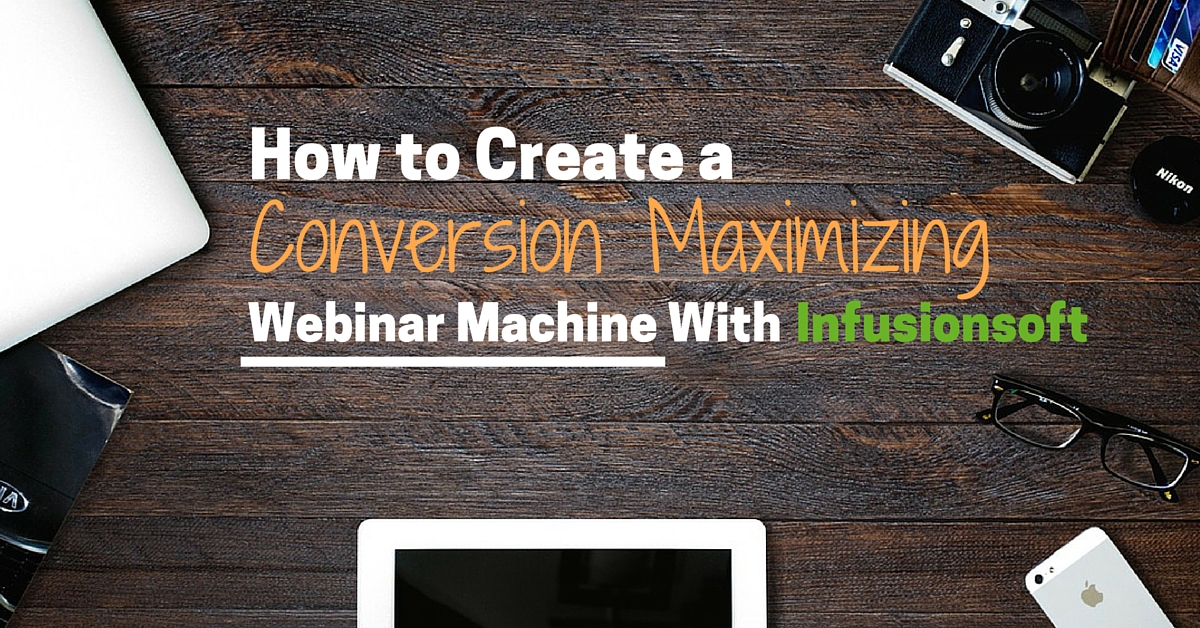Having a personalized client journey has become the new norm in the business world.
From the “Recommended For You” section on our favorite streaming services to the many companies that create customized products based on a couple personal quizzes – companies all over are realizing the effect that a personalized client journey can have on their business.
According to a research study conducted by Accenture, 56% of consumers are more likely to return to a service if they feel they received a personalized experience. That’s over half of target customers that are willing to return to a business based on not feeling like just another sale.
The possibilities to create a personalized experience can range from the obvious features all the way to personalization elements that client’s didn’t even know they were looking for. It can be more than just an email greeting with their name – like a specific reference to what they were looking at on the website and some recommendations to other related products. Maybe, it could be a specific follow-up response based on their engagement with the desired content and services. What about a text message with a thank you and their order number after they’ve completed their purchase with you? With automation, these personal details are achievable – and quite easily.
Automation has changed the game in many ways, but particularly in marketing. Now, it’s not only possible to create a personalized experience for clients – but it’s easier. But we do have to remember that automation isn’t the only key to personalization. There are several other factors to consider when it comes to designing a personalization strategy for marketing purposes.
Target Message
It’s important to pay attention to the basics first – namely the message that is being conveyed. Is it specific? Is it targeted? Is it applicable to the client base? Does it adhere to the overall goal of the business? All of these factors influence a business’ potential to create a personal experience for customers. When the message being conveyed is solidified, relevant and relatable; customers can feel confident that they have found what they are looking for.
While the overall message is crucial, what about the continual journey messages? Well, they are just as important – and this is where the real opportunities to personalize a customer’s experience are presented.

Framing these messages – emails, texts, calls, whatever used form of communication – should consider the solidified company message but also incorporate personal elements that are specific to the customer. These elements can be related to their position in the client journey, their level of engagement, or their individual wants/needs. By referring to these specific datums, consumers are more likely to feel that the business can properly meet their demands. When they receive continuous personal components related to their journey through all communication, there is a sense of relationship and trust that is built between the customer and business.
Use Resources
Like mentioned, personalization can be more than just referring to the customer by their name when they are communicating with you. There is value in thinking outside of the box when trying to make a more personal experience for each client/customer. Many customers come to a business to find a solution for their demands – but it’s the experience that bring them coming back for more. Considering uncommon strategies that include personality and referrable specific customer characteristics may just be the big idea that produces the ideal client journey.
In addition to thinking creatively, there is a plethora of data that is constantly being tracked and can be easily utilized to assist success. All this information may seem overwhelming – and it definitely is – but through analysis; the connection between the numbers and the opportunities for improvement are prevalent.
By looking into the data surrounding website activity, content and email engagement, frequently asked questions and concerns, specific keywords, deliverability and so much more – there is tangible documentation to see what is working and what is not. See what clients/customers are looking for, what’s catching their eye, and formulate ideas on how to provide these components.
Consistency
We know customers receive messages throughout their entire journey with a business. The messages should stay consistent with the overall company message, the personalization elements, and should only differ in what information is being relayed. Consistency further supports a businesses credibility, and improves interpersonal relationships between consumer and business.
Customer’s do not want to feel like they are not a priority, so don’t make them feel like that! Send emails, send texts, communicate with them throughout the entire process to ensure that they feel a sense of connection and support from the business – because that’s personalization, too. Having a consistent plan of communication for clients not only provides organization but can also lead to an increase in deliverability, engagement, and conversions.
Our friends, Adrian Savage and Evan Samurin, gave some great examples in Campaigns of The Titans of how consistent emails – that are personalized – can lead to favorable changes in your deliverability and engagement.




